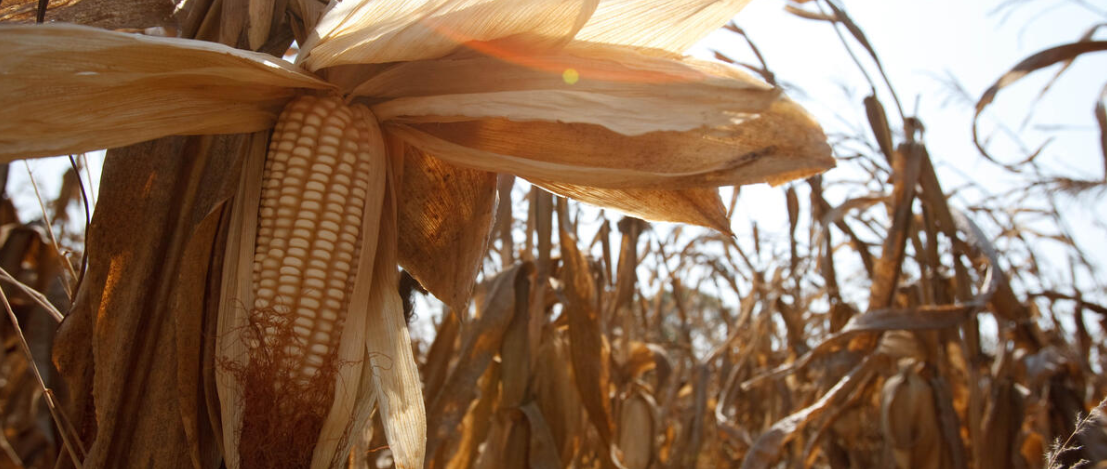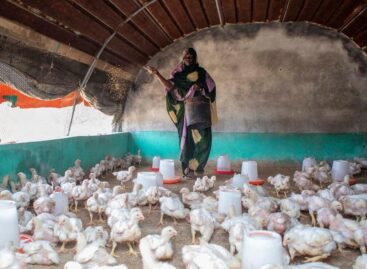In January, the FAO food price index fell again, led by the prices of wheat and corn
In January, the international indicator of the price of food raw materials continued to decrease – even if to a small extent – read today’s announcement of the Food and Agriculture Organization of the United Nations (FAO). The price of cereals and meat decreased, which offset the increase in the price of sugar.

©FAO/Olivier Asselin
The FAO food price index – which tracks the monthly price changes of the most important food commodities in international trade – thus ended in January 1% lower on average compared to December and 10.4% lower than the level of a year ago.
The cereal price index decreased by 2.2% since December. Global wheat prices fell in January due to strong competition among exporters and the arrival of recently harvested stocks in southern hemisphere countries. Corn prices fell, reflecting improved production conditions and the start of the Argentine harvest, as well as higher supply from the United States. In contrast, rice prices rose 1.2% in January, driven by strong export demand for higher-quality Indica rice from Thailand and Pakistan, as well as surging Indonesian demand.
Related news
FAO: International food prices have been declining since September
🎧 Hallgasd a cikket: Lejátszás Szünet Folytatás Leállítás Nyelv: Auto…
Read more >FAO-Ministry of Agriculture Scholarship Program Continues
🎧 Hallgasd a cikket: Lejátszás Szünet Folytatás Leállítás Nyelv: Auto…
Read more >FAO: 2026 is the International Year of Rangelands and Pastoralists
🎧 Hallgasd a cikket: Lejátszás Szünet Folytatás Leállítás Nyelv: Auto…
Read more >Related news
New Year’s Eve: shortened opening hours in stores – general store closure on January 1
🎧 Hallgasd a cikket: Lejátszás Szünet Folytatás Leállítás Nyelv: Auto…
Read more >Tejföl is only a name for live flora: new categories for sour dairy products will be introduced from 2026
🎧 Hallgasd a cikket: Lejátszás Szünet Folytatás Leállítás Nyelv: Auto…
Read more >Sausage prices before New Year’s Eve: cheap entry, expensive premium – how big is the gap on the shelves?
🎧 Hallgasd a cikket: Lejátszás Szünet Folytatás Leállítás Nyelv: Auto…
Read more >






